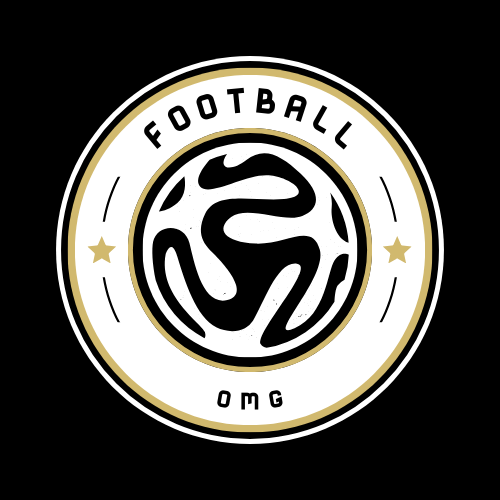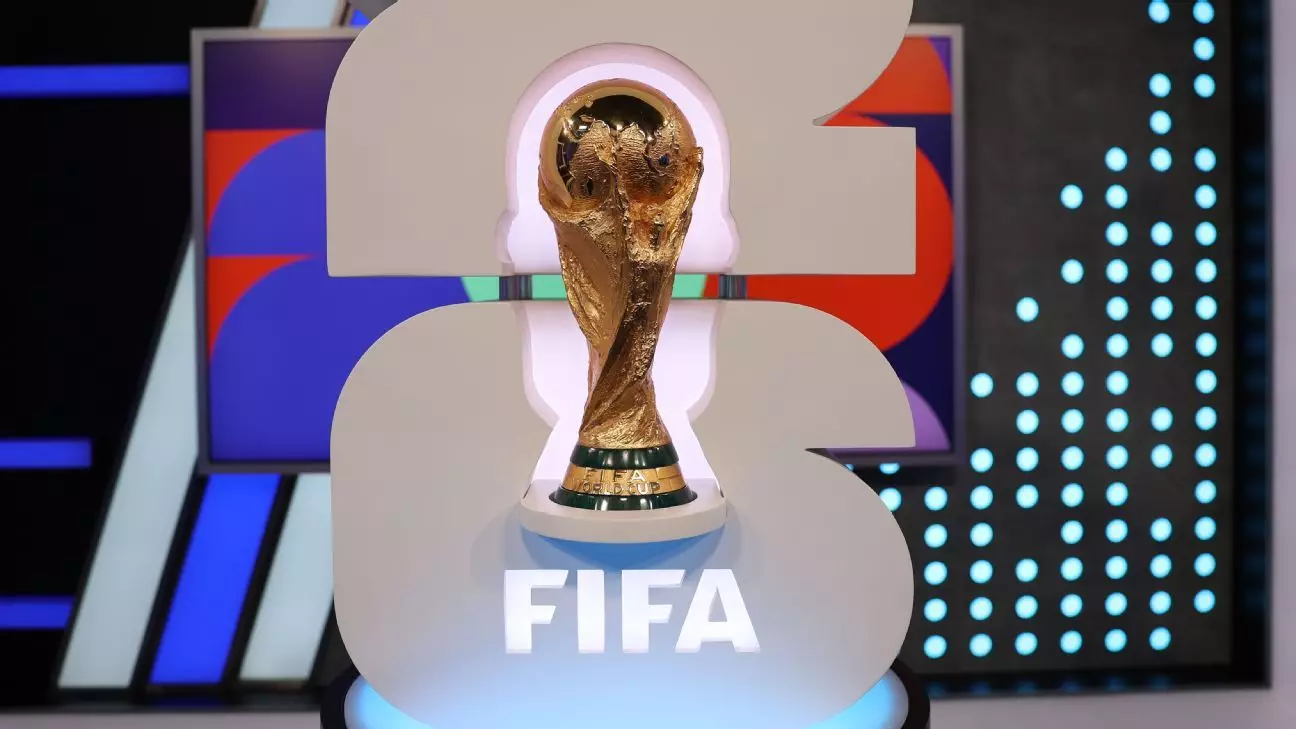As excitement builds for the 2026 FIFA World Cup, scheduled to take place across the United States, Mexico, and Canada, European teams are preparing to understand their journey to the prestigious tournament. The draw for the UEFA qualifying campaign, taking place on December 13, 2023, presents a unique combination of complexities and strategies that will determine which nations will advance. This article delves into the qualifying framework and the implications of the draw for the participating nations.
On December 13, the draw will delineate the groups for the UEFA qualifying stage. Significant alterations have been made to the procedure, particularly regarding the organization of the pots. Interestingly, the eight teams competing in the UEFA Nations League (UNL) quarterfinals will occupy Pot 1, providing them an advantage from the onset. Teams like England, Belgium, Switzerland, and Austria are included in this select group, resulting in a system that maximizes competitive balance. The adjustments reflect a need to create a fair path for teams based on their performance and ranking, as decisions made by FIFA aim to incentivize winning in earlier competitions.
The structure of the draw is designed to be intricate yet fair, ensuring that the relative strength of countries influences group compositions. The placement of teams in different pots is largely dictated by the FIFA rankings, a move that aims to prevent stronger teams from facing off too early in the qualifying rounds. The challenge lies in the fact that the winning records in the UNL influence how teams are grouped, further complicating the process.
The draw includes five pots, with the composition of each directly impacting which teams can potentially qualify for the World Cup. Teams that find themselves in Pot 1 not only benefit from their current ranking but also from the fact that the UNL quarterfinalists must feature prominently in the process. It raises the stakes for the teams in the subsequent pots (2, 3, and 4) as the potential to face higher-ranked teams looms.
For instance, Pot 2 consists of six teams that will not need to play in the promotion/relegation playoffs (PO) and six that do, adding a variable to the qualifying mix. The scenarios that emerge as England and Switzerland potentially land in either group will greatly influence the draw’s dynamics. Their presence signals that grouping could lead to either congested competition or more straightforward paths depending on the alignment with other teams in their group.
In Pot 3, the stakes increase further. The seven teams not requiring a playoff could face challenges from the five that do, depending on the arrangement. The anticipation builds around how these teams will interact and negotiate through the complexities of the group stage.
The new regulations have been designed to prevent certain teams from being automatically granted difficult match-ups due to circumstance. Yet, the alteration has created its own set of challenges. Countries benefiting from the changes may find themselves unprepared for the unpredictability that can arise as they sort through matchups.
Among the challenges is the possibility for a group of five to form unwittingly. If England and Switzerland both end up in a group of four teams, it forces the remaining nations from Pot 2 into tougher matches, limiting their chances for advancement. This amplification of competitive dynamics reflects the necessity for teams not merely to perform well but to strategically navigate the evolving landscape of international soccer.
Ultimately, the path to the World Cup for European teams will be ripe with competition and potential drawbacks as the draw unfolds. The adjustments in regulations underscore FIFA’s commitment to fairness and maintaining a high level of competition.
With the 2026 World Cup expanding to accommodate 16 European teams, the stakes have never been higher. The twelve group winners will advance directly, while the remaining teams will battle through playoffs alongside UNL participants. The pressure thus mounts not just for qualification but for national pride as each country vies for a spot on the world stage.
As the draw day approaches, the anticipation grows, and teams prepare for a competitive phase that will compel them to demonstrate footballing excellence on the path to the World Cup. In this intricate game of strategy and rankings, only the teams that can adapt and overcome will find their way to the ultimate prize in global football.

